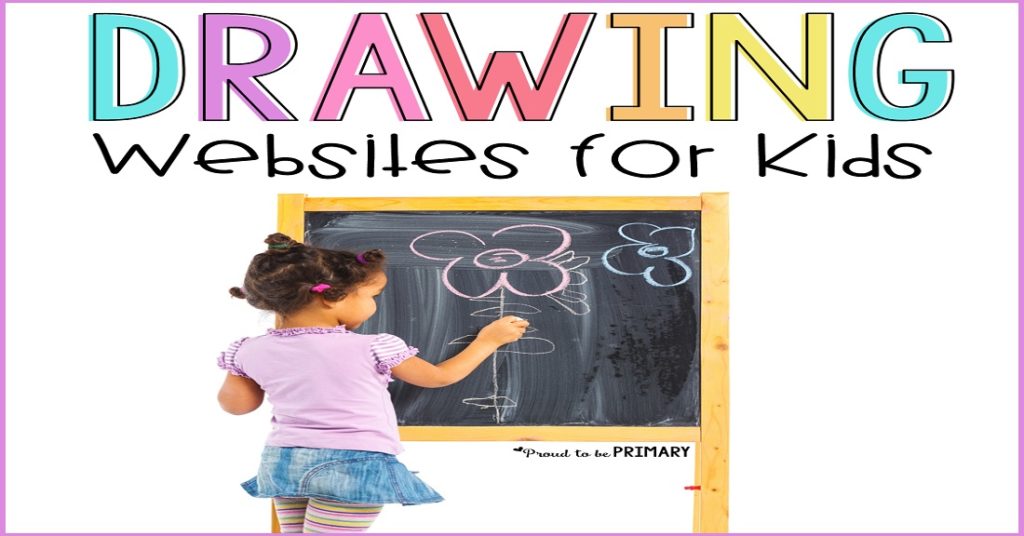Drawing is one of the first recurring activities for children from 18 months. This is an activity that the child carries out with the older ones, but to which he willingly indulges independently. The drawing transposes the expression needs of the child and constitutes a key stage on the voice of the writing training—so many reasons to encourage its practice.
The First Drawings, Beginnings Of Writing
At 18 months, pencil in hand – full hand even – your child begins to scribble. He will link the lines on a loose sheet, a prospectus, or even a notebook dedicated to this exercise. Not just any traits. It is the circular movements that children explore first. A gesture that may seem basic and insignificant to you but which is nevertheless essential for him. Because with a pencil, your child discovers the joys of making controlled or uncontrolled gestures. He draws these endless circles, makes dots, long strokes up and down.
At this precise moment of the discovery of the drawing, and as will be the case for several months, it is not the purpose of the drawing that matters to your child but rather the activity itself. Drawing is a freedom, an outlet. The white sheet becomes a playground. Then, with time and practice, the movements become mastered. The circles are regular and close. At 2 ½ or three years old, your child can make closed circles with ease. A key step. It also represents “men” and houses.
This control of fine drawing is a step towards writing. From “scribbling” fun, the child is now happy by achieving a graphic result. From the age of 4, the notion of beauty and not of simple drawing has arrived.
Accompany Your Child To The Practice Of Drawing
Drawing is good for your child’s development. To help him invent, express himself, or get used to writing. Be careful, however, not to guide him too much. The drawing must, especially for toddlers, retain a spontaneous dimension.
Do not have the reflex to propose too precise models, forms, and frameworks. On the contrary, the creativity must be total, and the first idea must be transposed. “You can draw what you think about” or “Draw whatever you want that makes you think of the garden” are fairly comprehensive instructions, which will not “restrict” the drawing.
Can’t your child draw? Is he “stuck” in front of the sheet? So it’s a good idea to help him have images in his head that he can use because the drawing translates mental representations. A walk in the park, reading, visiting a museum, or even manipulating objects are all things that enrich your child’s cultural baggage and mental images. It is with this knowledge that he will spontaneously be inspired to draw.
In addition to this preliminary step which consists of helping your child have images in mind, the accompaniment must be done at the time of the practice itself. Put words on the drawings. Take the opportunity to use new words and develop your vocabulary.
Until the age of 5 or 6, white sheets – and occasionally models – will be the basis of the drawing. Coloring books can come later because they force the child to rely on a model and curb his inventiveness.
